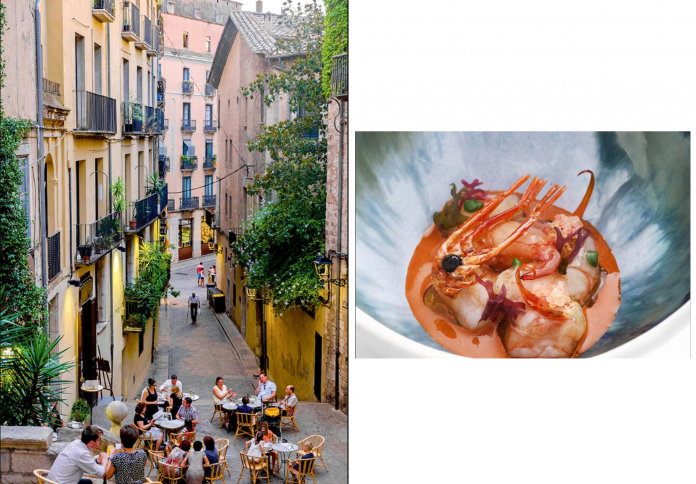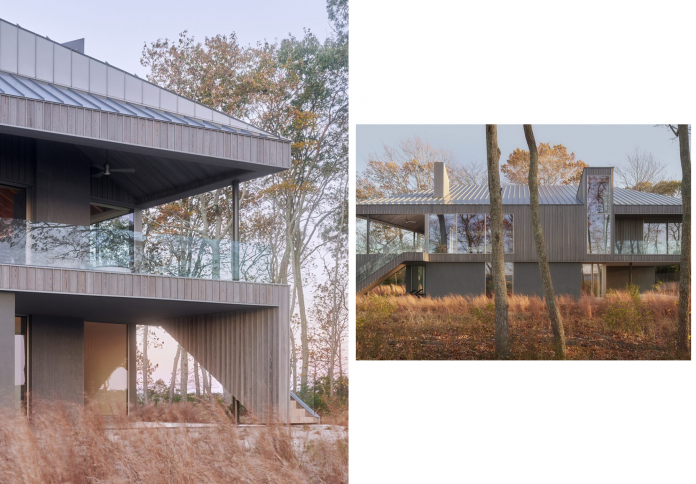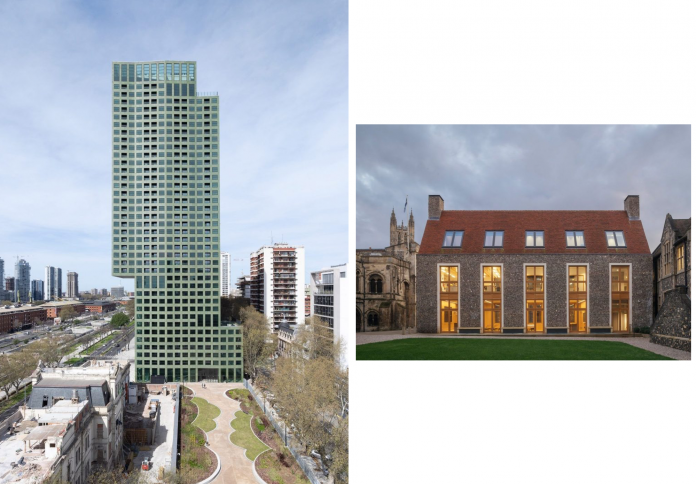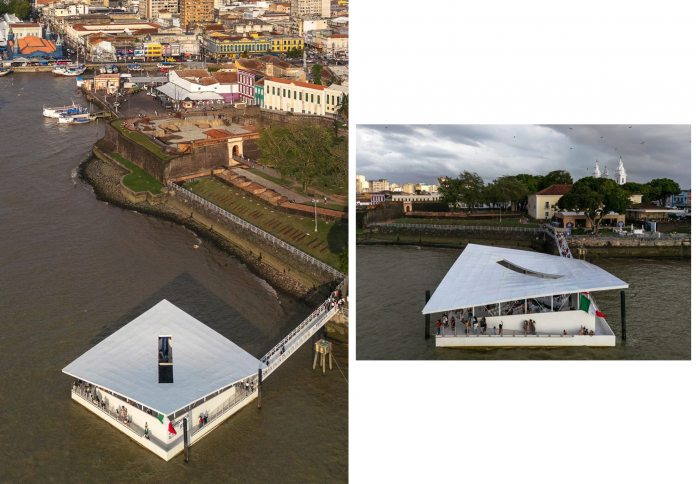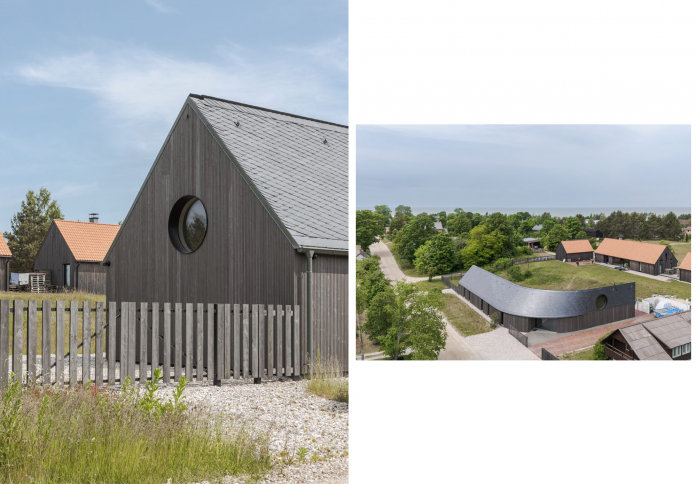Once known more for its medieval towns and coastal cliffs, Girona has become a gastronomic force in Spain. With boundary-pushing chefs, deep-rooted Catalan traditions, and landscapes that feed both plate and imagination, the province is redefining what it means to eat well.
A new center of Spanish cuisine
For decades, the gravitational pull of Spanish gastronomy pointed to San Sebastián or Barcelona. But in recent years, the province of Girona — nestled in the northeast corner of Catalonia — has emerged as a quiet culinary titan. Here, in rolling countryside and along the rugged Costa Brava, chefs are crafting meals that have reshaped the global conversation around food.
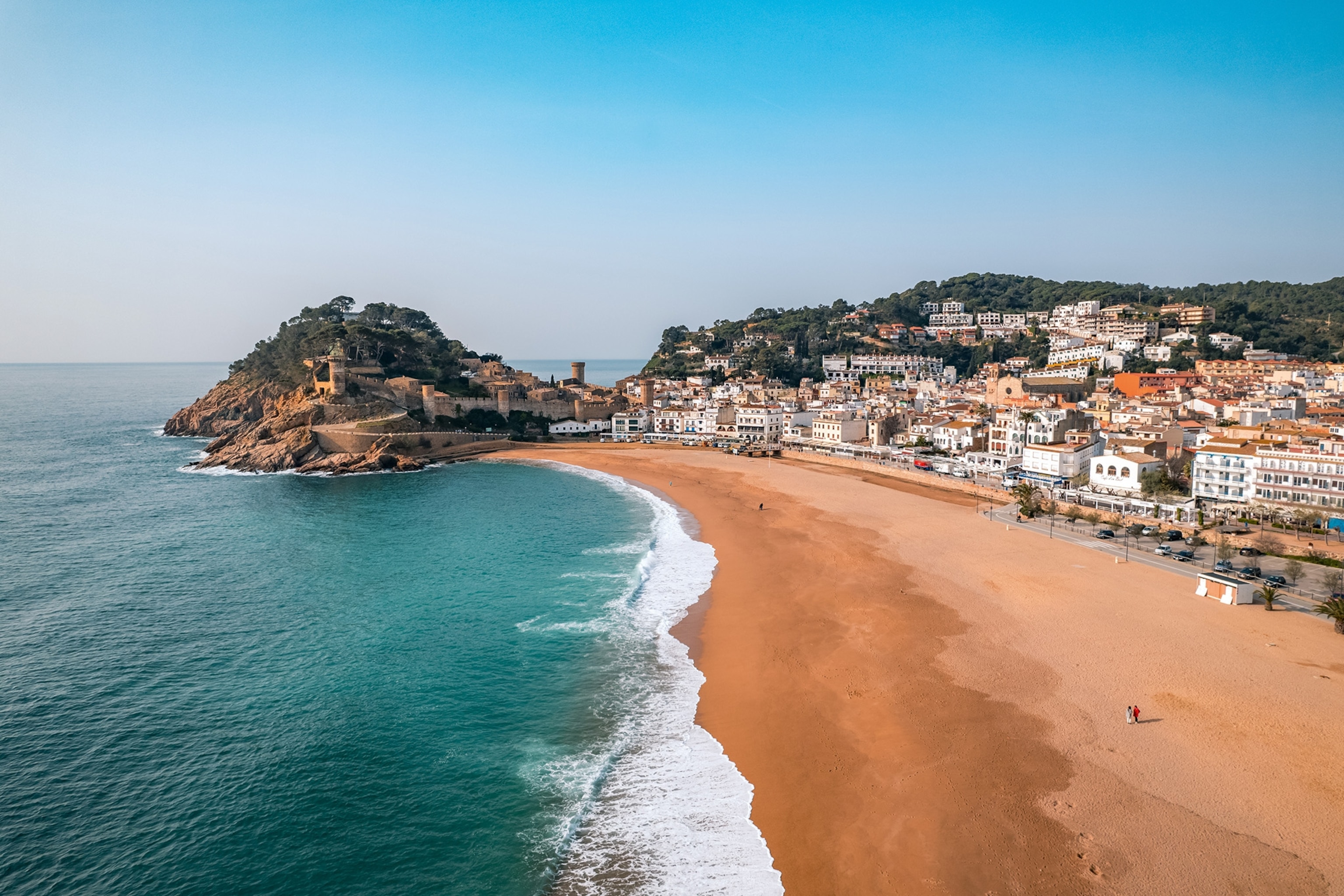
Leading the charge is El Celler de Can Roca in Girona city, often hailed as one of the world’s best restaurants. Run by the Roca brothers — Joan, Josep, and Jordi — it’s a temple of technique and tradition, blending avant-garde methods with the soul of Catalan cooking. But beyond the Michelin-star spotlight, a constellation of ambitious bistros, experimental cellars, and rustic masias (farmhouses) now feed a movement that is as local as it is legendary.
Girona’s rise isn’t a fluke — it’s the result of deep regional pride, political autonomy, and a fertile geography where mountains, orchards, and Mediterranean waters converge in delicious harmony.
From farmers to futurists: The roots of innovation
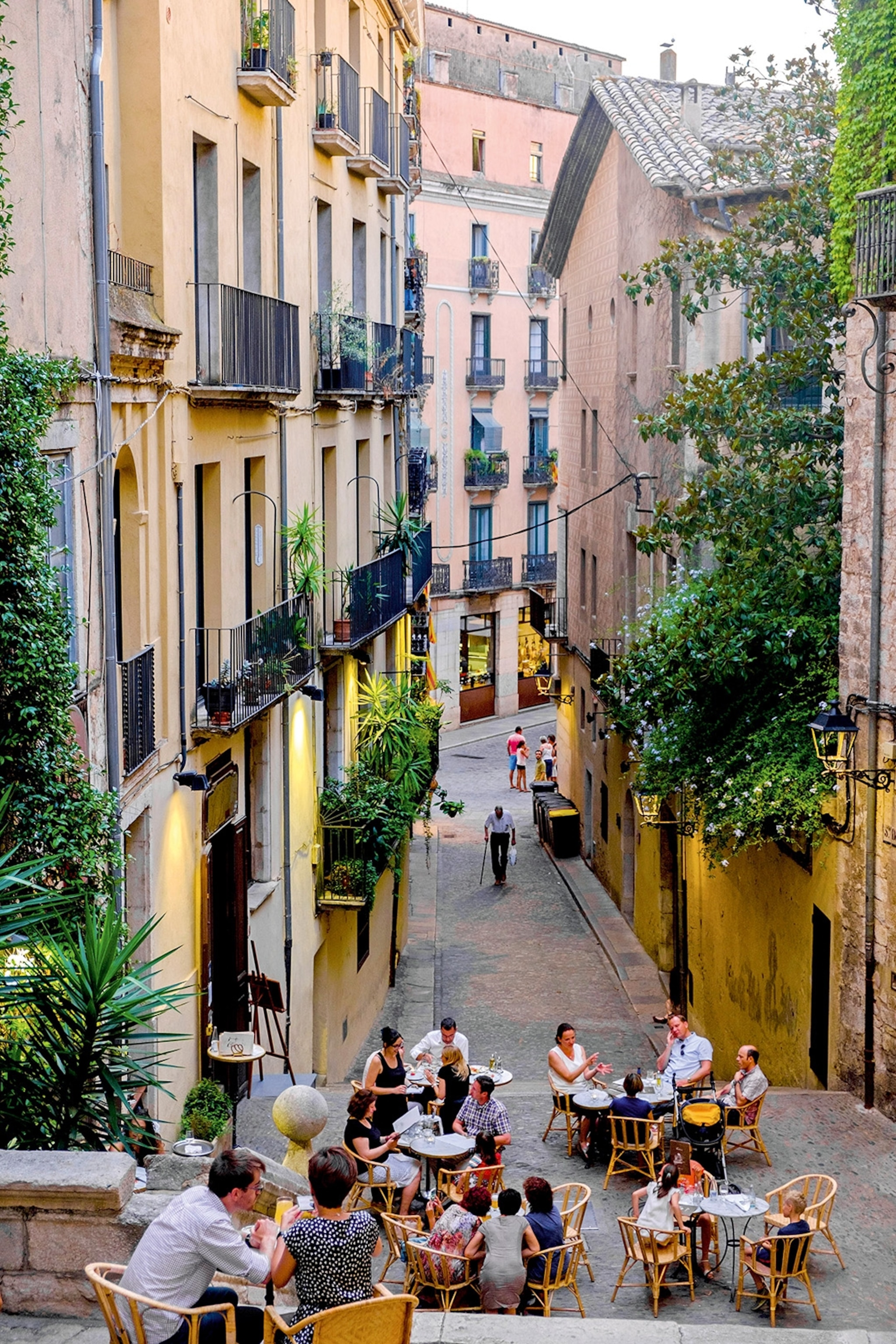
What sets Girona’s culinary scene apart is its intimate relationship with the land. The province boasts a dramatic topography: alpine pastures in the Pyrenees, volcanic soil in Garrotxa, and wild herbs on the coastal cliffs. Chefs here treat this biodiversity not as background, but as their central palette.
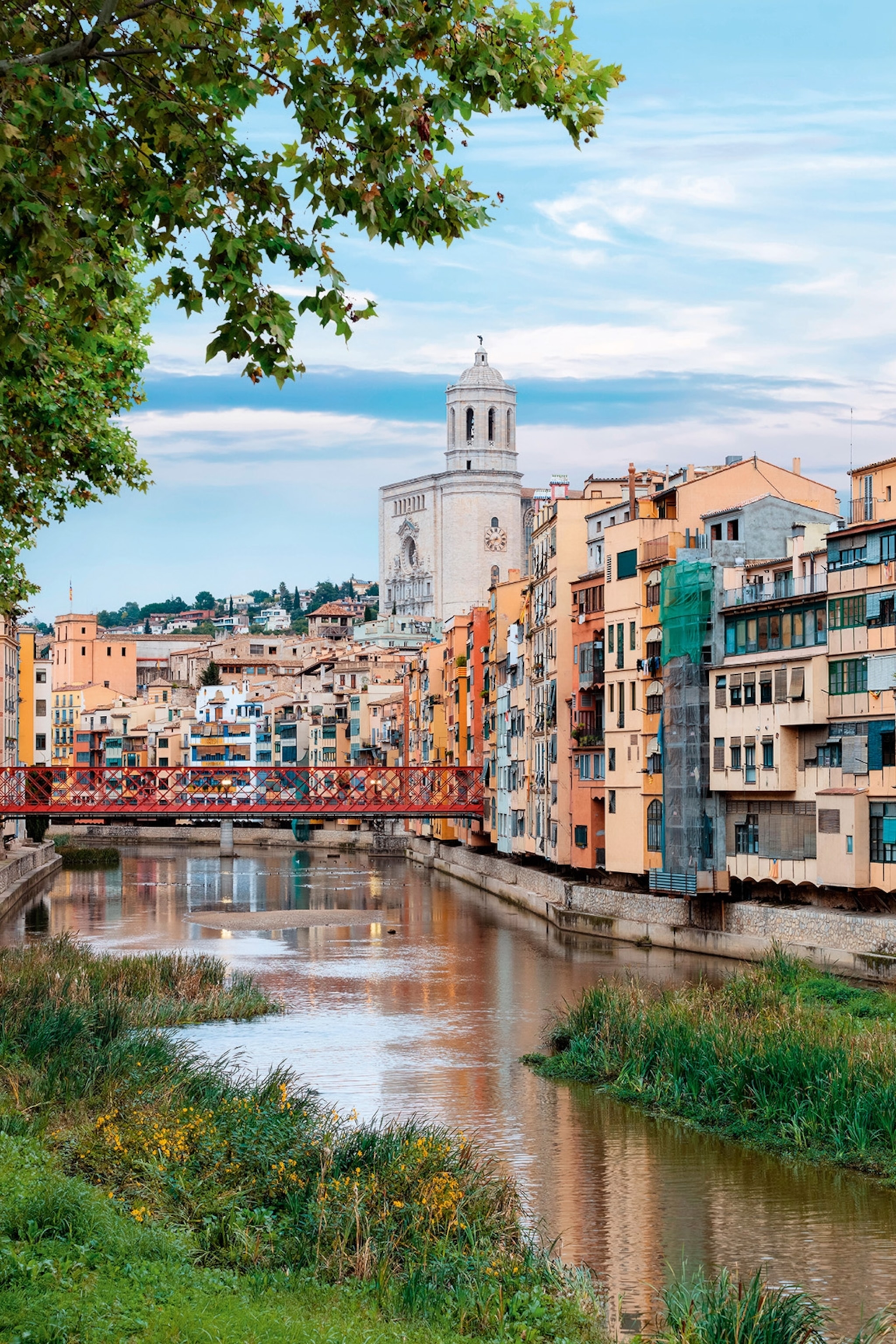
Restaurants like Les Cols in Olot, set in a glass-walled farmhouse surrounded by crops, or Compartir in Cadaqués, where seafood reigns supreme, exemplify the terroir-driven approach. Menus change with the microseasons, and even the most experimental kitchens maintain a strong tether to local producers — cheesemakers, winemakers, fishermen, and farmers who often deliver by hand.
This grassroots respect for ingredients fuels Girona’s reputation for culinary innovation. Many of its chefs trained under Ferran Adrià of El Bulli, the father of molecular gastronomy, whose legendary restaurant once stood just down the coast. But unlike El Bulli’s more cerebral ethos, Girona’s new generation emphasizes emotion and story: dishes that whisper of memory, place, and season.
A food culture shaped by memory
Catalan cuisine is deeply emotional — full of nostalgia, ritual, and family. It’s not just about dazzling plates; it’s about calçots grilled over fire, pa amb tomàquet rubbed onto crusty bread, and Sunday fideuà by the sea. In Girona, this culinary memory is not erased by innovation — it’s honored.
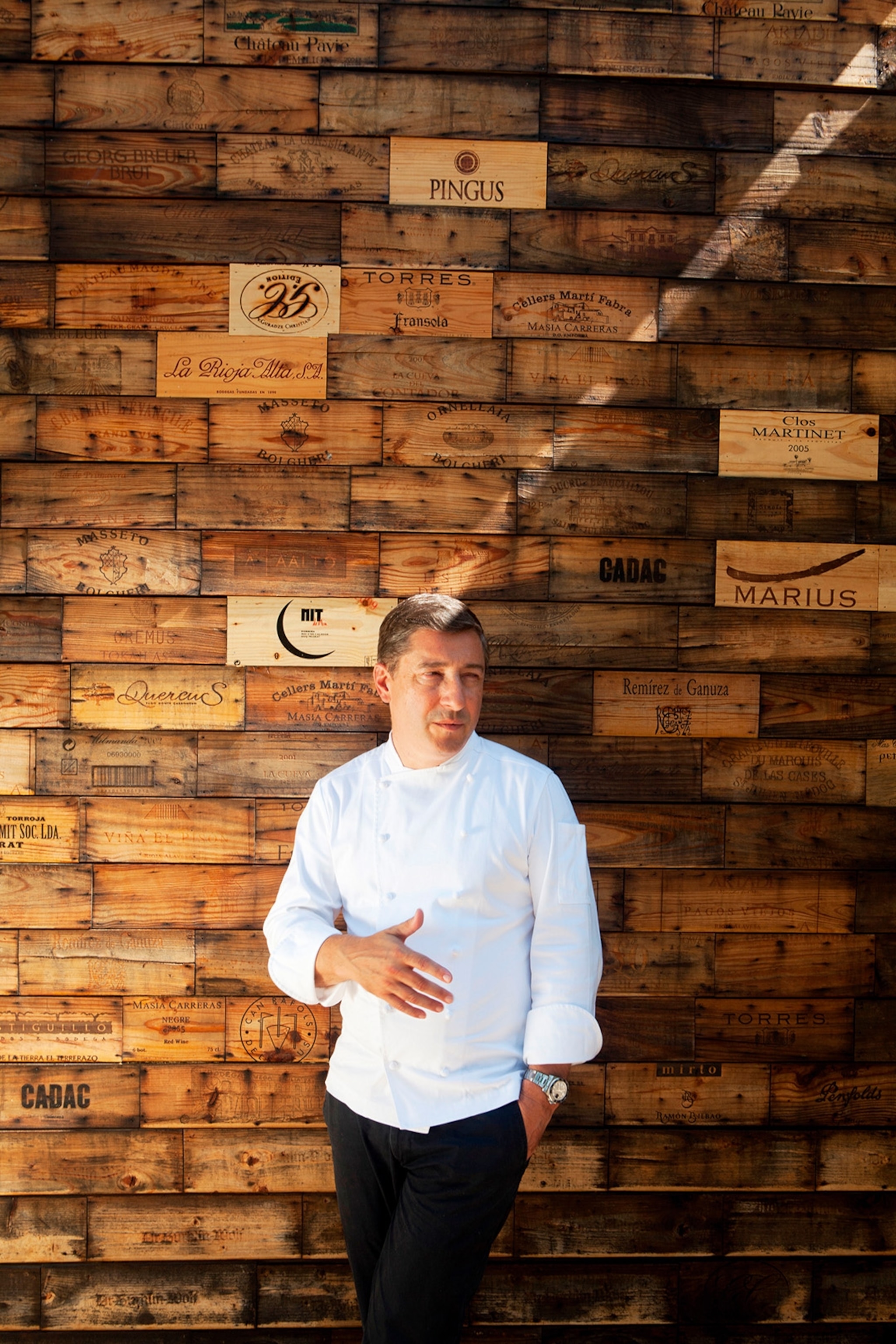
The Roca brothers often say they cook with “memory and dreams,” serving dishes inspired by their childhood, like a distillation of their mother’s Sunday roast or a perfume made edible. This blend of past and future creates a culinary language unique to the region: refined yet rustic, deeply Catalan yet globally curious.
The proliferation of food festivals — like the Fòrum Gastronòmic de Girona — and academic institutions such as the University of Girona’s food studies program have helped institutionalize this cultural pride. Meanwhile, younger chefs are reclaiming traditional techniques, from fermentation to wood-fired cooking, giving ancient practices a contemporary voice.
More than a meal: Eating as a journey
In Girona, food is not confined to the table. It spills into vineyards, market halls, fishing harbors, and forest paths. Travelers here can taste the province on foot, by bike, or from a boat: truffle hunts in the hills of Llagostera, olive oil tastings in Empordà, seafood feasts in Palamós.

Even the accommodations reflect the region’s sensibility: agritourism inns that serve multi-course meals made from their own gardens, or boutique hotels that offer cooking classes, wine pairings, and mushroom foraging excursions. Food is a lens through which to experience Girona’s full identity — not just its flavors, but its rhythms, its silences, its stories.
As the world grows hungry for deeper, slower, more sustainable forms of travel, Girona stands as a model. Its gastronomy doesn’t demand spectacle. It invites presence. Whether you’re sitting in a three-star restaurant or snacking on anchovies in a seaside bar, you’re tasting a place that has learned to savor itself — and, in doing so, has become one of Spain’s most soulful culinary destinations.
